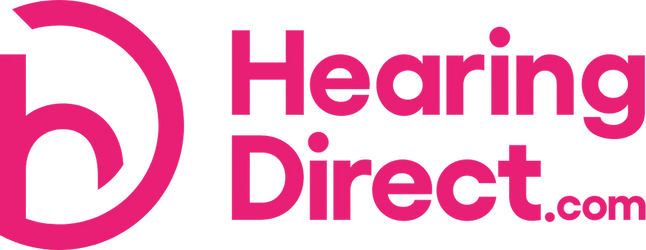Making The Most Of Your Telecoil Settings
It may not sound very enticing, but a telecoil is one of the most useful features you can look for in your hearing aid. Many hearing aids come with a telecoil as a standard feature these days. This is great news, as it’ll enable you to access better sound in public places such as theatres, football stadiums and cinemas, where telecoil compatible systems are available. Although a telecoil can be a very helpful facility, the benefits may not be discussed in detail when you receive your hearing aid; so we thought we’d give you the basic facts and ways of making the most of what you have.
What is a telecoil?
A telecoil, sometimes referred to as a ‘t-switch’ or ‘t-coil’, is a small section of wire wrapped around a core within a hearing aid. It’s designed to provoke a tiny electric current to pass through the wire coil when exposed to a changing magnetic field. This allows your hearing aid to pick up a magnetic signal that represents sound. A hearing aid usually relies on a microphone amplifying the sound around you. However, the telecoil provides an alternative means of inputting that sound. It’s simply a case of finding out how to make the most of this facility.
For more information read: "What is Telecoil"
How to operate your telecoil program?
If your hearing aid has an active telecoil program, there will be a small switch that you can turn to the ‘T’ position. On newer models, this is probably a case of changing to particular listening program via a push button. The telecoil mode activates the telecoil, making it the main input source and effectively turns off the hearing aid microphone. You may also have the choice of using the telecoil facility in tandem with the microphones (the ‘MT’ setting). There are also hearing aids that offer automatic telecoil facilities, which switch on without prompting when the need arises.Ways of using your telecoil program
Telecoils were originally developed to help users access the magnetic signal that the old style phones automatically generated. This made listening or conducting a conversation easier, thanks to a strong magnetic field, generated by the speakers. Technology has since moved on, with so many more products that are telecoil compatible. It’s just a case of knowing what’s out there so you can make the most of your hearing aid.Hearing Aid Compatible Devices (HAC)
Many new phones, both corded, cordless and mobile these days generate a magnetic signal that can be picked up using a telecoil program - known as Hearing Aid Compatible - HAC.
HearingDirect stock a large range of amplified phones with this facility.
There are also less obvious ways of using your telecoil settings:
Phonak Roger MyLink Receiver Universal Neckloop

Worn around the neck, the Phonak Roger MyLink Receiver Universal Neckloop is an inductive neckloop receiver compatible with any hearing aid or cochlear implant that has a telecoil or loop setting. It’s designed to work alongside a variety of Roger wireless microphones, see below. For a more discreet device, you may wish to look at the Roger X or a Roger Design-Integrated Receiver.
Phonak Roger Pen Microphone Transmitter

The Phonak Roger Pen Microphone Transmitter is designed to better enhance speech. It transmits a signal to a receiver worn either around the neck or clipped onto your hearing aid. You can even use it to listen to your favourite program or music via your digital TV or any other audio device.
We also have a range of Wireless TV Listeners which work in the same way as the two phonak products above, but do not need hearing aids.
About Hearing Direct
We are one of the world's leading hearing aid specialists. Hearing Direct offers a wide range of affordable products, as well as information resources to help improve the quality of life for the hard of hearing. We sell:
- Hearing aids,
- Batteries,
- Hearing Aid Accessories such as earplugs,
- and amplified devices such as super loud alarm clocks and amplified phones.

